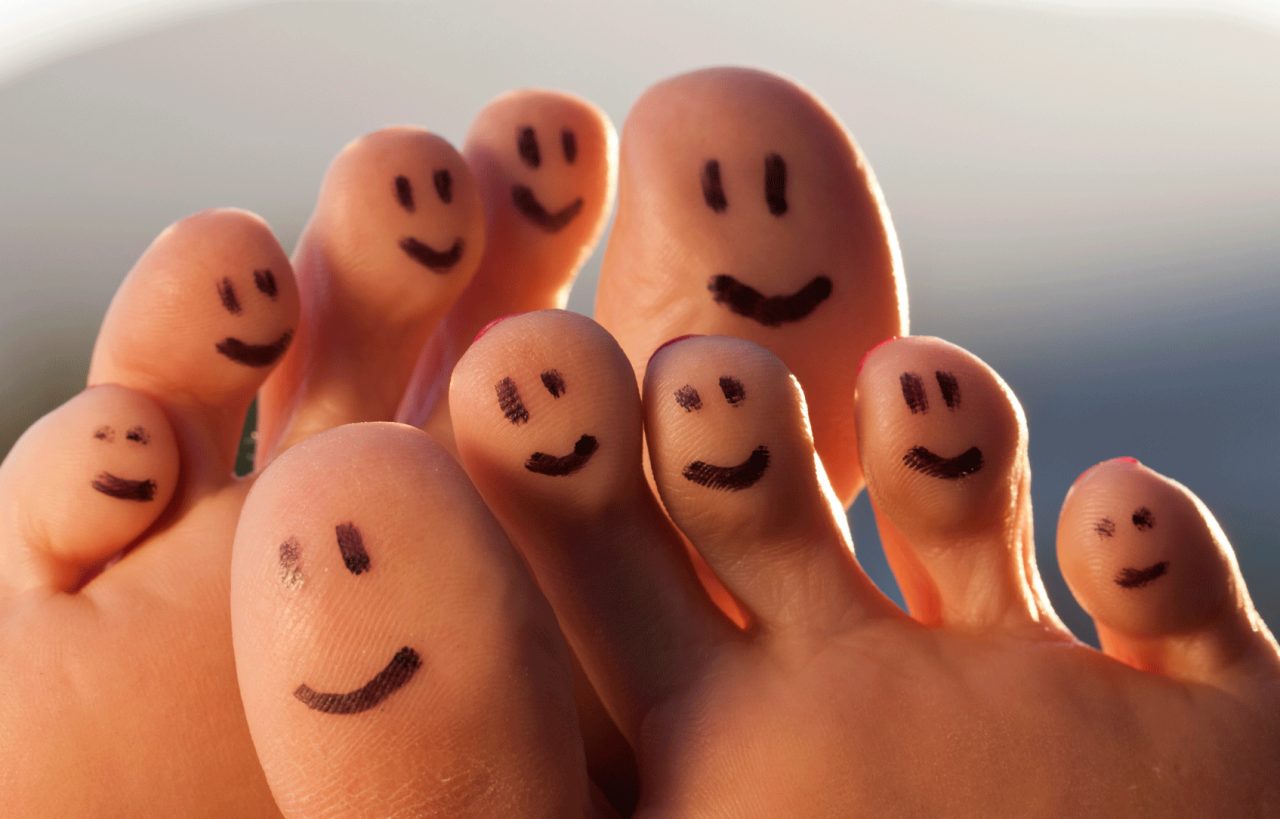How to Treat Athlete’s Foot

Athlete’s foot can be miserable, but there are practical ways to relieve the itching and redness from this fungal infection as quickly as possible.
It’s a good idea to know how to treat athlete’s foot because it’s an extremely common health woe. In fact, odds are you will have it sometime in your life, if you haven’t experienced athlete’s foot already.
About three to 15 percent of the U.S. population has the condition. If you’ve been lucky so far to avoid the itchy malady, your luck may not hold forever. Seventy percent of Americans will likely experience athlete’s foot in their lifetime, according to the Cleveland Clinic.
Known by the medical term tinea pedis, athlete’s foot isn’t restricted to people who work out rigorously. In fact, even children can catch this infection, which is caused by a fungus.
YOU MIGHT ALSO LIKE: Why Do My Feet Ache?
Frequently wearing shoes that enclose your feet — like sneakers, running shoes, or boots — is a risk factor for athlete’s foot. Heavy sweating, walking barefoot in places such as locker rooms where the athlete’s foot-causing fungus can easily spread, and sharing bathmats, bed linens, rugs, clothes, or shoes with someone who has athlete’s foot also raises your risk.
Here’s how to recognize the itchy fungal infection and how to treat athlete’s foot.
What does athlete’s foot look like?
Athlete’s foot typically affects the skin on the bottom and top of your feet, between your toes, and on your heels and the sides of your feet. The skin on your feet may be discolored (appearing grayish or white, red, or purple) and will likely be dry and flaky or scaly. There may be cracked skin between your toes, too.
While the condition can make your feet look a little strange, how it feels is the main reason you need to know how to treat athlete’s foot. The skin typically feels like it’s burning or stinging, and you may have painful blisters. But the most common and miserable complaint about athlete’s foot is intense itching, which typically starts immediately after you remove your shoes and socks.
How to treat athlete’s foot (and when to see your doctor)
The good news is you can likely treat your athlete’s foot yourself using these tips:
- Keep your feet clean, dry, and cool. The goal is to avoid having hot, sweaty feet.
- Wash your feet twice a day and dry them gently, including between the toes.
- If at all possible, don’t wear closed shoes and socks made from fabric like nylon that doesn’t dry easily and can contribute to fungus promoting sweaty feet, the Centers for Disease Control and Prevention advises.
- Wear sandals or flip flops when possible to get air to your feet and keep them cool.
- If you must wear regular shoes, alternate between a couple of pairs every two to three days, letting the shoes you aren’t wearing air out.
- Change your socks at least once a day and even more often if your feet are sweaty.
- Treat your athlete’s feet with over-the-counter topical medications, which come in ointment, gel, cream, lotion, powder, or spray forms. Talk to your pharmacist or contact your doctor’s office for a recommendation.
- Do your best to avoid scratching your itchy feet. For relief, soak your feet in cool water when the urge to itch is intense.
There are some natural home remedies that may help treat athlete’s foot, according to the Cleveland Clinic. For example, some essential oils (including tea tree, bitter orange, peppermint, and eucalyptus oils) may help with treatment and prevent or stop the growth of bacterial infections. Be aware, however, the oils may not completely cure a fungal infection.
When to see your doctor about your athlete’s foot
If you have diabetes and think you have developed athlete’s foot, don’t wait around to try self-help treatments: Call your doctor. That’s because people with diabetes are at increased risk for developing serious infections from injuries to their feet (including blisters or scratches due to athlete’s foot).
What’s more, if you have a rash on your foot that doesn't get better within two weeks, despite using an over-the-counter antifungal product, talk to your healthcare provider. If your athlete’s foot has not responded quickly or well to non-prescription treatments, your doctor can order both oral and topical prescription medications to help treat your athlete’s foot problem. Should there be any doubt about what’s causing your foot symptoms, your doctor can take skin scrapings for lab tests to zero in on a diagnosis.
If you have symptoms of athlete’s foot and see any additional signs of infection, such as pus, or you develop a fever, don’t hesitate. Make an appointment to see your doctor ASAP.
Updated:
January 17, 2023
Reviewed By:
Janet O'Dell, RN